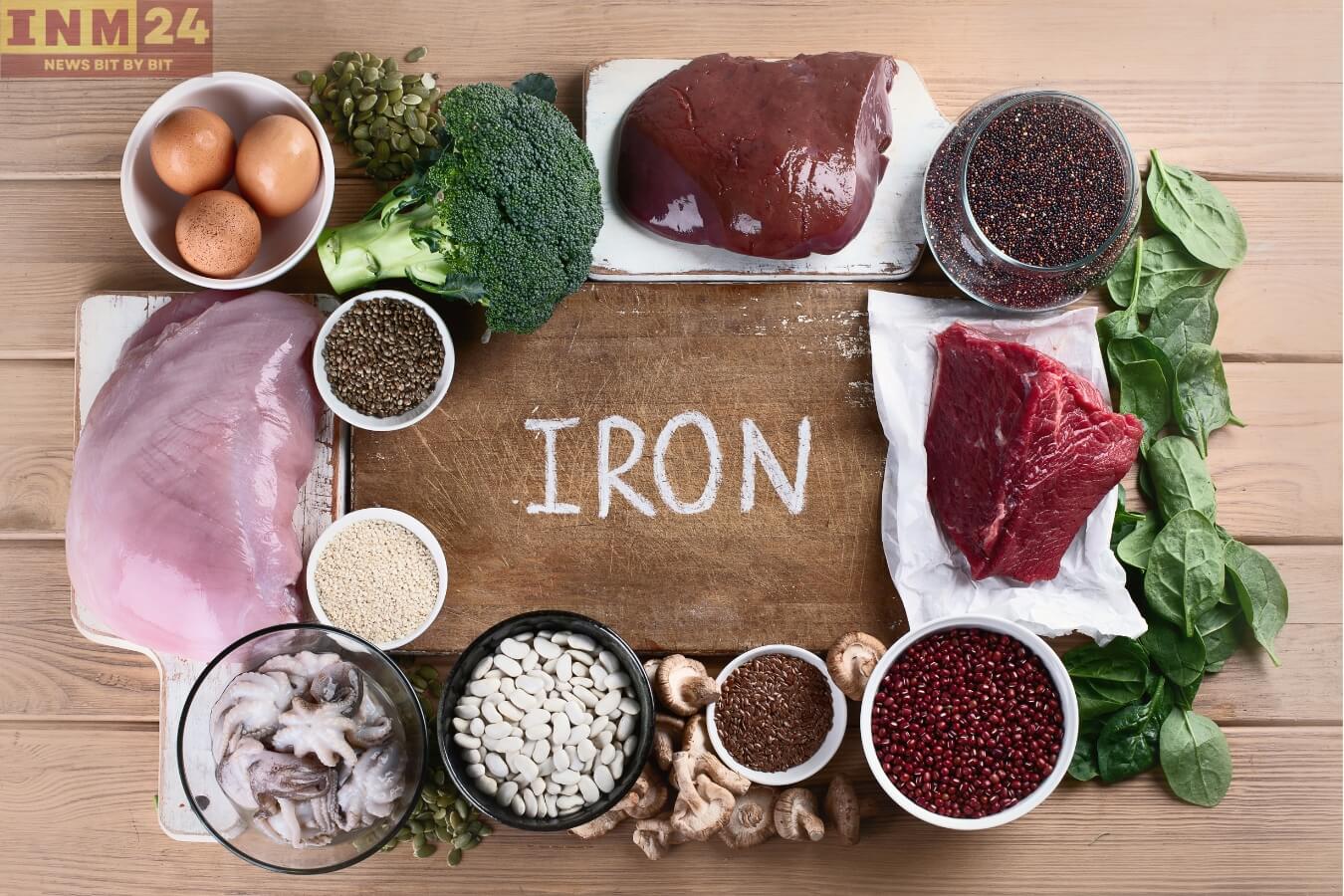Iron is an essential mineral that plays a crucial role in various bodily functions, including oxygen transport, energy production, and metabolism. However, when iron levels in the body are low, it can lead to a condition known as iron deficiency anemia. Recognizing the signs and symptoms of low iron levels is important for early detection and treatment. Here are some common indicators to watch out for:
Fatigue
One of the most common symptoms of low iron levels is persistent fatigue or tiredness. Since iron is necessary for the production of hemoglobin, which carries oxygen to the body’s cells, a lack of iron can result in reduced oxygen delivery and energy levels.
Weakness
Along with fatigue, individuals with low iron levels may experience weakness or a general feeling of weakness, particularly during physical activity or exertion. This weakness can impact daily tasks and reduce overall productivity.
Pale skin
Low iron levels can cause a pale or sallow complexion, as iron deficiency affects the production of red blood cells, which give skin its color. Pale skin, especially when accompanied by other symptoms, may indicate low iron levels.
Shortness of breath
Since iron is essential for oxygen transport in the blood, individuals with low iron levels may experience shortness of breath, particularly during physical activity or exercise. This symptom can be a result of decreased oxygen delivery to the body’s tissues.
Dizziness or lightheadedness
Low iron levels can lead to dizziness or lightheadedness, especially when standing up quickly or after prolonged periods of sitting or lying down. This symptom occurs due to reduced blood flow and oxygen delivery to the brain.
Cold hands and feet
Iron deficiency can affect circulation, leading to cold hands and feet, even in warm temperatures. Poor circulation resulting from low iron levels may cause extremities to feel cold or numb.
Brittle nails
Iron deficiency can affect the health of nails, causing them to become brittle, weak, or prone to breaking. Individuals with low iron levels may notice changes in the texture, shape, or color of their nails.
Hair loss
Iron is important for hair growth and maintenance. Low iron levels can disrupt the hair growth cycle, leading to hair loss, thinning, or brittle hair. Reversing iron deficiency may help improve hair health and reduce hair loss over time.
Restless legs syndrome
Restless legs syndrome (RLS) is a neurological disorder characterized by uncomfortable sensations in the legs and an irresistible urge to move them. Iron deficiency has been linked to an increased risk of RLS, and addressing low iron levels may help alleviate symptoms.
Unusual cravings
Some individuals with low iron levels may experience cravings for non-food items, a condition known as pica. Cravings for substances such as ice, clay, dirt, or starch may indicate an underlying iron deficiency.
If you experience any of these signs or symptoms, it is important to consult a healthcare professional for proper evaluation and diagnosis. A blood test can determine your iron levels and help determine the appropriate course of treatment, which may include dietary changes, iron supplements, or other interventions to address iron deficiency anemia. By recognizing the signs and symptoms of low iron levels early on, you can take proactive steps to improve your health and well-being.
